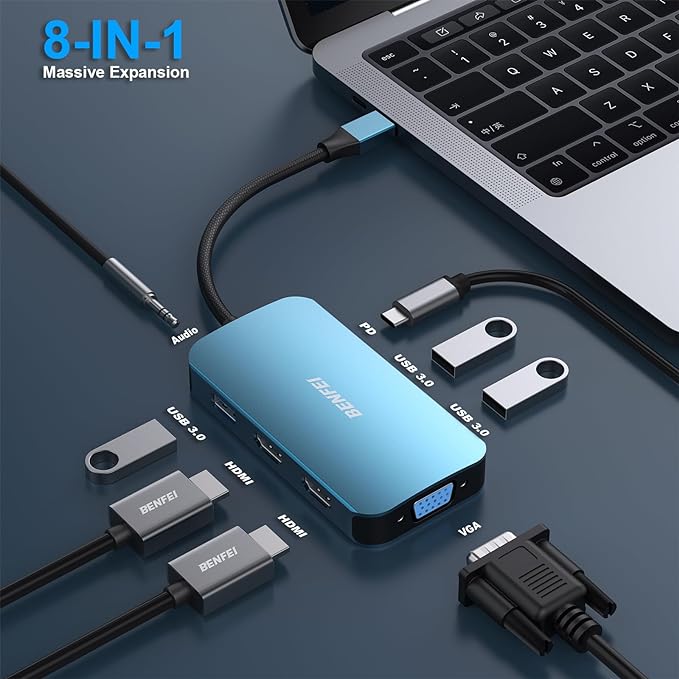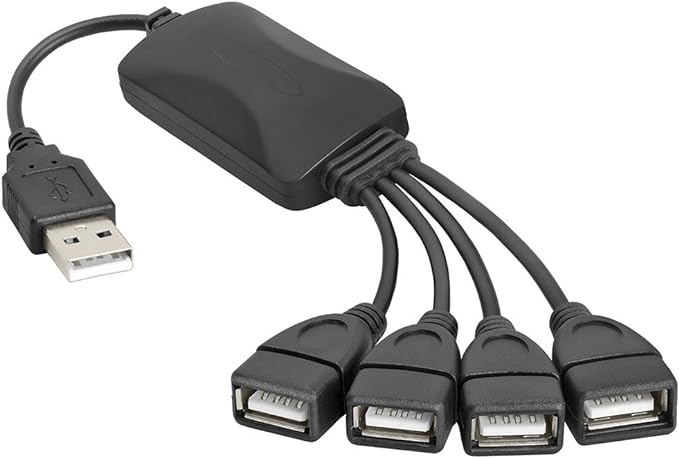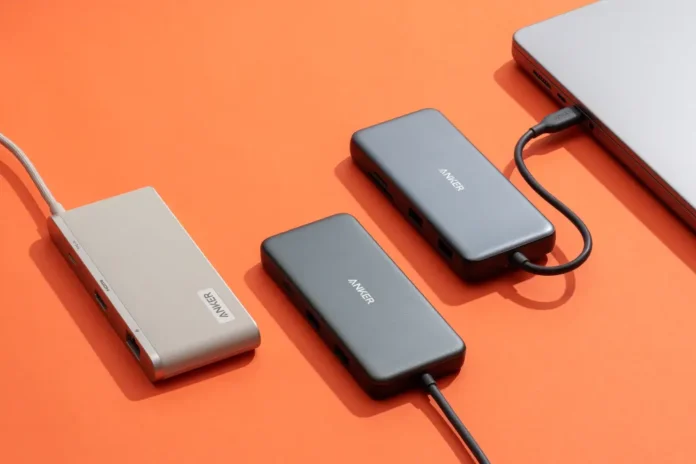The primary difference between powered and non-powered USB hubs is how they obtain power and their capacity to support connected devices. Here’s an overview of each type, along with their advantages and disadvantages. USB hubs are essential accessories for expanding the number of devices that can be connected to a single USB port on a computer. When it comes to USB hubs, one crucial differentiation to be aware of is whether they are powered or non-powered. But what exactly sets these two types apart, and what implications does this have for your setup? Let’s dive in and explore the disparities between powered and non-powered USB hubs.
Powered USB Hubs
Powered USB hubs, also known as active USB hubs, come with an external power source, typically in the form of an AC adapter or a power brick. This additional power source allows them to provide more power to connected devices, reducing the strain on the host computer. A powered USB hub is equipped with an external power supply that provides additional power to each port on the hub. This extra power is particularly useful when connecting high-powered devices that draw substantial energy, such as external hard drives, printers, or scanners. The external power source ensures that all connected devices receive sufficient power for optimal performance, preventing potential issues like device malfunctions or data loss due to insufficient power supply.

Advantages Powered USB Hubs
Greater Power Output: Powered USB hubs can support high-power devices such as external hard drives, printers, and scanners.
Connect More Devices: Because they have their own power source, they can support multiple devices without overloading the host computer’s USB port.
More Stable: Since they don’t rely entirely on the host computer for power, they are less likely to cause system instability or experience power issues.
Disadvantages Powered USB Hubs
Less Portable: The additional power source makes powered USB hubs less portable due to the extra bulk.
Higher Cost: Generally, powered USB hubs are more expensive than non-powered ones due to the additional power supply components.
Non-Powered USB Hubs
Non-powered USB hubs, also known as passive USB hubs, do not have an external power source. They draw power from the host computer’s USB port, distributing it among connected devices. In contrast, non-powered USB hubs do not come with an external power supply and rely solely on the power provided by the host device, typically a computer or laptop. While non-powered hubs are convenient for connecting low-power devices like keyboards, mice, or USB flash drives, they may struggle to sustain power-hungry peripherals. Using a non-powered hub with high-energy devices could lead to operational issues, including device instability or intermittent connectivity problems.

Advantages Non-Powered USB Hubs
Portability: Non-powered USB hubs are lighter and more compact, making them ideal for travel or mobile use.
Lower Cost: Because they don’t require an external power source, they are generally cheaper.
Simple Setup: Without the need for a separate power adapter, they are easier to set up and use.
Disadvantages Non–Powered USB Hubs
Limited Power Output: Since they rely on the host computer for power, they may not be able to support high-power devices or multiple devices simultaneously.
Potential Overload: Drawing power from the host computer’s USB port can lead to instability or power-related issues if overloaded.
Compatibility Issues: Non-powered USB hubs may not work well with certain devices that require more power.
Key Differences
The primary discrepancy between powered and non-powered USB hubs lies in their ability to supply adequate power to connected devices. Powered hubs excel in supporting energy-intensive peripherals, offering a reliable power source for optimal functionality. On the other hand, non-powered hubs are more suitable for low-power accessories and may not be sufficient for demanding devices that require a higher power output.
Determining Your Needs
When selecting between a powered or non-powered USB hub, consider your specific requirements and the devices you intend to connect. If you frequently use power-hungry peripherals or multiple high-energy devices simultaneously, a powered USB hub is the ideal choice to ensure stable and efficient operation. Conversely, if you primarily connect low-power gadgets and prioritize portability and simplicity, a non-powered hub may suffice for your needs.
Which Should You Choose?
Choosing between powered and non-powered USB hubs depends on your specific needs:
- If you need to connect high-power devices or multiple devices simultaneously, a powered USB hub is the better choice.
- If portability and cost are more important, and you only plan to connect low-power devices or a limited number of devices, a non-powered USB hub is more suitable.
Consider your usage scenario, budget, and the types of devices you need to connect when deciding between a powered and a non-powered USB hub. In conclusion, understanding the disparities between powered and non-powered USB hubs is essential for optimizing your device connectivity setup. By discerning the distinct functionalities and limitations of each type of hub, you can make an informed decision based on your device requirements and usage patterns. Whether you opt for a powered hub for robust power delivery or a non-powered hub for basic connectivity needs, selecting the right USB hub can enhance your device connectivity experience and streamline your workflow.



